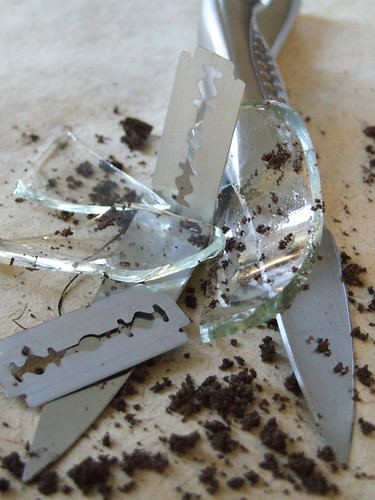
Most societies which traditionally practice male circumcision also practice various forms of female circumcision, and usually for similar reason. This is often overlooked by critics of female genital mutilation, but even more forgotten is the extraordinary history of medically rationalized female circumcision in Anglo-American societies, which justified it in much the same way as the male version.
Female genital mutilation (FGM), also known as female circumcision or female genital cutting, is defined by the world Health organization who as the range of procedures which involve “the partial or who complete removal of the external female genitalia or other injury to the female genital organs whether for cultural or any other no therapeutic reason”.
It is estimated that approximately 138 million African women have undergone FGM worldwide and each year, further 2million girls are estimated to be at risk of the practice. Most of them live in African Counties, a few in the Middle East and Asian counties, and Increasingly in Europe, Australia, New Zealand, the united states of American and Canada.
The procedures are traditionally carried out by older women with no medical training at all, they just try the best way they could or what they think is right. Anesthetics and antiseptic treatment are not generally used and the practice is usually carried out using basic tools such as knives, scissors, scalpels, pieces of glass and razor blades. Often iodine or a mixture of herbs is placed on the wound to tighten the vagina and stop the bleeding although sometime it doesn’t work.
The age at which the practice is carried out varies, from shortly after birth to the labor of the first child, depending on the community or individual family. The most common age are between 4 and 10 years of age. This suggests that circumcision is becoming less strongly linked to puberty rites and initiation into adulthood.
Female genital mutilation (FGM), also known as female circumcision or female genital cutting, is defined by the world Health organization who as the range of procedures which involve “the partial or who complete removal of the external female genitalia or other injury to the female genital organs whether for cultural or any other no therapeutic reason”.
It is estimated that approximately 138 million African women have undergone FGM worldwide and each year, further 2million girls are estimated to be at risk of the practice. Most of them live in African Counties, a few in the Middle East and Asian counties, and Increasingly in Europe, Australia, New Zealand, the united states of American and Canada.

The procedures are traditionally carried out by older women with no medical training at all, they just try the best way they could or what they think is right. Anesthetics and antiseptic treatment are not generally used and the practice is usually carried out using basic tools such as knives, scissors, scalpels, pieces of glass and razor blades. Often iodine or a mixture of herbs is placed on the wound to tighten the vagina and stop the bleeding although sometime it doesn’t work.
The age at which the practice is carried out varies, from shortly after birth to the labor of the first child, depending on the community or individual family. The most common age are between 4 and 10 years of age. This suggests that circumcision is becoming less strongly linked to puberty rites and initiation into adulthood.
No comments:
Post a Comment